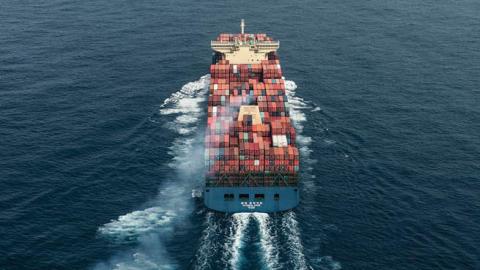China has embarked on a grand journey west. Officials in Beijing are driven by aspirations of leadership across their home continent of Asia, feelings of being hemmed in on their eastern flank by U.S. alliances, and their perception that opportunities await across Eurasia and the Indian Ocean. Along the way, their first stop is South Asia, which this report defines as comprising eight countries—Afghanistan, Bangladesh, Bhutan, India, Maldives, Nepal, Pakistan, and Sri Lanka—along with the Indian Ocean (particularly the eastern portions but with implications for its entirety). China’s ties to the region are long-standing and date back well before the founding of the People’s Republic in 1949.
However, around the beginning of this century, Beijing’s relations with South Asia began to expand and deepen rapidly in line with its broader efforts to “go global.” General Secretary Xi Jinping’s ascendance to China’s top leader in 2012 and the subsequent expansion of Chinese activities beyond its borders—including through Xi’s signature Belt and Road Initiative (BRI)—have accelerated the building of links to South Asia in new and ambitious ways.
In South Asia, China has encountered a dynamic region marked by as many endemic problems as enticing opportunities. It is a region struggling with violent conflict, nuclear-armed brinksmanship, extensive human development challenges, and potentially crippling exposure to the ravages of climate change. But it is also one whose economic growth prior to the COVID-19 pandemic was robust, that has a demographic dividend, and whose vibrant independent states are grappling with the challenges of democratic governance—including the world’s largest democracy in India. China’s expanding presence in the region is already reshaping South Asia, which is simultaneously emerging as an area where U.S.-China and regional competition plays out from the Himalayan heights to the depths of the Indian Ocean.
Read the full report in United States Institute of Peace

















